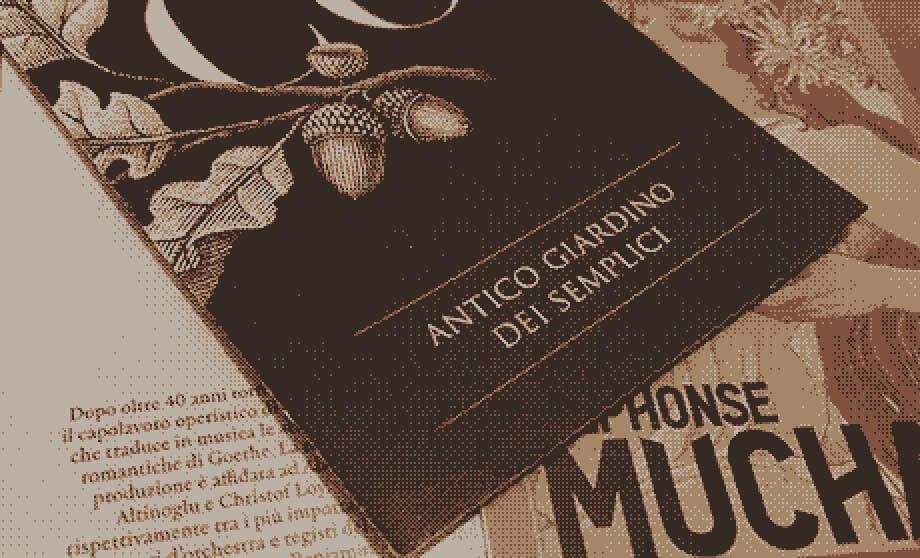
Antico Giardino dei Semplici
0241226
Italian is a phonetic language.
A phonetic language has a consistent phoneme-grapheme correspondence, so words are pronounced as they are written.
Alphabet
It is basically the Latin alphabet except for the letters J, K, W, X, and Y, which are only used in foreign words.
| Letter | IPA |
|---|---|
| A | /a/ |
| B | /b/ |
| C | /k/ or /tʃ/ |
| D | /d/ |
| E | /e/ or /ɛ/ |
| F | /f/ |
| G | /ɡ/ or /dʒ/ |
| H | ∅ |
| I | /i/ or /j/ |
| L | /l/ |
| M | /m/ |
| N | /n/ |
| O | /o/ or /ɔ/ |
| P | /p/ |
| Q | /k/ |
| R | /r/ |
| S | /s/ or /z/ |
| T | /t/ |
| U | /u/ or /w/ |
| V | /v/ |
| Z | /ts/ or /dz/ |
Phonology
Vowels
There are five vowel sounds: /a/, /e/, /ɛ/, /i/, /o/, /ɔ/, /u/. They can slightly vary depending on stress.
Consonants
The pronunciation of double consonants is longer in duration (e.g., palla (ball) vs. pala (shovel)).
Morphology
Articles
Articles depend on gender, number, and initial letter of the noun.
| Singular | Plural | Example |
|---|---|---|
| il (m.) | i | il libro (the book) → i libri (the books) |
| la (f.) | le | la porta (the door) → le porte (the doors) |
| lo (m.) | gli | lo zio (the uncle) → gli zii (the uncles) |
| un (m.) | — | un cane (a dog) |
| una (f.) | — | una donna (a woman) |
Verbs
Verbs are highly inflected, with endings changing based on tense, mood, and subject pronoun.
| Pronoun | Essere (to be) |
|---|---|
| Io (I) | sono (I am) |
| Tu (You) | sei (You are) |
| Lui/Lei (He/She) | è (He/She is) |
| Noi (We) | siamo (We are) |
| Voi (You all) | siete (You all are) |
| Loro (They) | sono (They are) |
| Pronoun | Parlare (to speak) |
|---|---|
| Io (I) | parlo (I speak) |
| Tu (You) | parli (You speak) |
| Lui/Lei (He/She) | parla (He/She speaks) |
| Noi (We) | parliamo (We speak) |
| Voi (You all) | parlate (You all speak) |
| Loro (They) | parlano (They speak) |
| Pronoun | Preferire (to prefer) |
|---|---|
| Io (I) | preferisco (I prefer) |
| Tu (You) | preferisci (You prefer) |
| Lui/Lei (He/She) | preferisce (He/She prefers) |
| Noi (We) | preferiamo (We prefer) |
| Voi (You all) | preferite (You all prefer) |
| Loro (They) | preferiscono (They prefer) |
96.17 kB